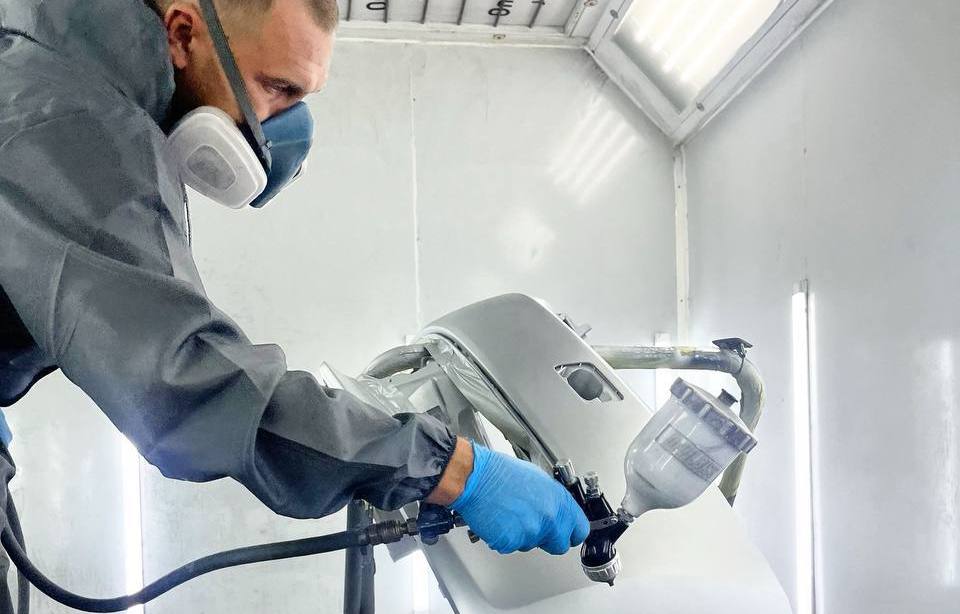Engine oil is one of the most important elements of car health. It is responsible for lubricating and cooling the engine, as well as protecting against wear and corrosion. However, when should the oil be changed? In this article, we’ll take a look at the top recommendations from car manufacturers to help you make the right decision about changing your engine oil.
Why change it?
The first and foremost reason for changing engine oil is to save the engine. Over time, the oil becomes contaminated and worn out, which leads to a decrease in its efficiency. Engine oil contamination can be caused by a variety of factors such as dust, dirt, degradation of antioxidants and additives, and fuel combustion products.
Calendar? Odometer? Engine hours? Fuel?
Recommendations for changing engine oil may vary depending on the vehicle manufacturer. However, as a rule, the manufacturer indicates several methods for determining the need for an oil change:
Calendar: The manufacturer may specify a specific interval between engine oil changes. For example, every 6 months or every 10,000 kilometers.
Odometer: Many vehicles are equipped with a system that automatically tracks the number of kilometers driven. Therefore, the manufacturer may recommend changing the engine oil every certain number of kilometers. For example, every 10,000 kilometers.
Hours: Some vehicles, such as trucks and utility vehicles, are equipped with an engine hours tracking system. The manufacturer can specify the need to change the engine oil every certain number of hours.
Fuel: Some vehicles, especially diesel ones, require more frequent oil changes due to higher levels of oil contamination caused by fuel combustion products. In this case, the manufacturer may recommend changing the engine oil more frequently than for other vehicles.
How does the manufacturer calculate the recommended oil change interval?
Manufacturers’ recommendations for changing engine oil are based on specific tests and studies that help determine the optimal oil change time for a particular vehicle. Typically, the manufacturer determines the recommended oil change interval based on the following factors:
Engine Type: Different types of engines require different types of oil. For example, engines running at high speeds may require more frequent oil changes.
Operating conditions: the manufacturer takes into account the operating conditions of the car, such as climatic conditions, road conditions, driving style, etc. More severe vehicle operating conditions may require more frequent oil changes.
Oil type: The manufacturer may recommend the use of a specific type of oil that provides a longer oil change interval. For example, some manufacturers offer a “long life” oil that can be used over a longer drain interval.
Extended oil change interval (longlife)
Longlife oil is an oil that provides a longer oil change interval. Such oils usually contain more antioxidants and additives that help extend oil drain intervals. However, not all cars can use longlife oils. Before using such an oil, it is important to make sure that it meets the recommendations of the vehicle manufacturer.
How Not to Damage Your Car?
Changing engine oil is a fairly simple procedure that you can do yourself or with the help of specialists in a car service. However, when changing the oil, some precautions must be taken so as not to harm the car.
First, before changing the oil, you need to make sure that the car is on a level surface and the engine is cool. This will prevent possible problems with the drain hole and other engine parts.
Second, before changing the oil, you should read your vehicle’s owner’s manual to make sure you’re using the correct oil and determine the recommended oil change interval. It is important to use only oils recommended by your vehicle manufacturer.
Thirdly, before changing the oil, the condition of the engine oil should be diagnosed. To do this, you can use an oil tester, which allows you to determine the level of wear and contamination of the oil. If the level of oil contamination is high, the oil must be changed earlier than the recommended interval.
Getting Ready for an Oil Change
Preparing for an oil change may include the following steps:
Checking the engine oil level: Before changing the oil, check the engine oil level in the engine. The oil level should be between the marks on the dipstick.
Collecting the necessary tools: to change the oil, you will need a wrench to unscrew the crankcase plug, an oil filter remover, a funnel and other tools.
Purchase of necessary materials: To change the oil, you need to purchase new engine oil and an oil filter. It is important to choose only those oils and filters recommended by your car manufacturer.
Oil Condition Diagnosis
Diagnosis of the condition of the engine oil is an important step in preparing for an oil change. Engine oil is a vital component and its condition can affect engine performance and longevity.
One way to diagnose the condition of an oil is to use an oil tester. This tool helps to determine the level of contamination and wear of the engine oil, as well as the presence of metal particles in the oil, which may indicate problems with the engine. Typically, an oil tester is used to determine the viscosity of the oil, the presence of contaminants and other parameters.
If during the diagnosis of engine oil it was found that its condition is unsatisfactory, it is necessary to change the oil as soon as possible. Ignoring the problem can result in severe engine damage and significant repair costs.
In conclusion, the recommended engine oil change interval depends on many factors such as vehicle make and model, oil type and quality, operating conditions, and others. It is important to follow the vehicle manufacturer’s recommendations and periodically diagnose the condition of the oil to ensure the safe and efficient operation of the vehicle. If you have any doubts or questions about changing the oil in your car, we recommend that you contact qualified specialists for advice and assistance.




































 Request a Call
Request a Call  Plot Route
Plot Route  Reviews on Google
Reviews on Google 
